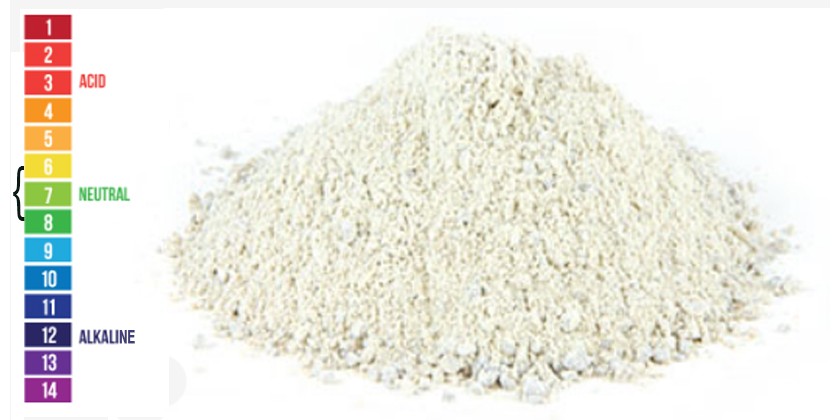
With spring right around the corner, homeowners everywhere are beginning to think about their lawns and gardens. As with most projects, planning and preparation are the predecessors of success. When planning for spring planting, accessing and preparing the soil is of the utmost importance.
START WITH HEALTHY SOIL
Healthy soil has a good texture and an optimal pH level for the plants that it is sustaining. Many garden plants grow well in a slightly acidic soil with a pH between 5.5 and 6.5, while most types of lawn grasses grow best in a neutral environment with a pH between 6 and 7. A neutral pH level makes it easier for organic matter to break down and improves the performance of plant fertilizers. What’s more, a neutral pH helps plants become more resistant to diseases.
Spring is a great time to test your soil to check the pH. Determining the pH can be easily done using an inexpensive soil test kit from your local hardware store. If your soil is too acidic it can be neutralized by adding lime. If you haven’t planted grass seed yet, apply lime to the soil just before you plant.
WHAT IS LIME?
Agricultural lime, also called aglime, is an organic, landscape product that is a derived by the grinding of a rock called limestone. The biggest benefit of using lime is that it will adjust the pH level of your soil. Agricultural lime contains high amounts of calcium carbonate which is beneficial to plants. The calcium also makes it easier for water to go deep into the soil to reach the roots.
Another variation is Dolomite lime, which in addition to calcium contains magnesium to aid in the creation of chlorophyll, an essential element of photosynthesis.
Lime is available in pellet and powder formulations. Most homeowners and landscapers prefer the pellet form, as it is very easy to apply with a garden spreader. The spreader delivers a controlled application whereas powdered lime can easily become airborne and travel.
HOW TO APPLY LIME:
Here are some tips for alkalizing your soil with lime:
- First, prepare the soil before adding lime. Bare ground should be tilled to a depth of eight to twelve inches. If spreading lime onto an existing lawn, you may aerate the lawn for better absorption, but do not apply lime to a dry, wilted, soggy, or wet lawn.
- Refer to the back of the bag to determine the amount of product you will need. The amount will vary based on the starting pH and texture of your soil.
- A spreader is the best tool for applying lime. For an even application, apply half of the recommended amount of lime by walking back-and-forth horizontally with the spreader. Then go back and apply the second half of the treatment by walking vertically. This ensures the grass is evenly covered and plants grow at the same rate.
- After spreading the lime onto bare ground, rake it into the soil to reach a depth of two inches.
- Water lightly to help the soil absorb the lime.
It will take some time for the soil pH to retest more alkaline. Treated soil can begin to show results as quickly as a month but may take six months to a year before the lime fully dissolves into the soil.
For information on Solo spreaders see: us.solo.global
